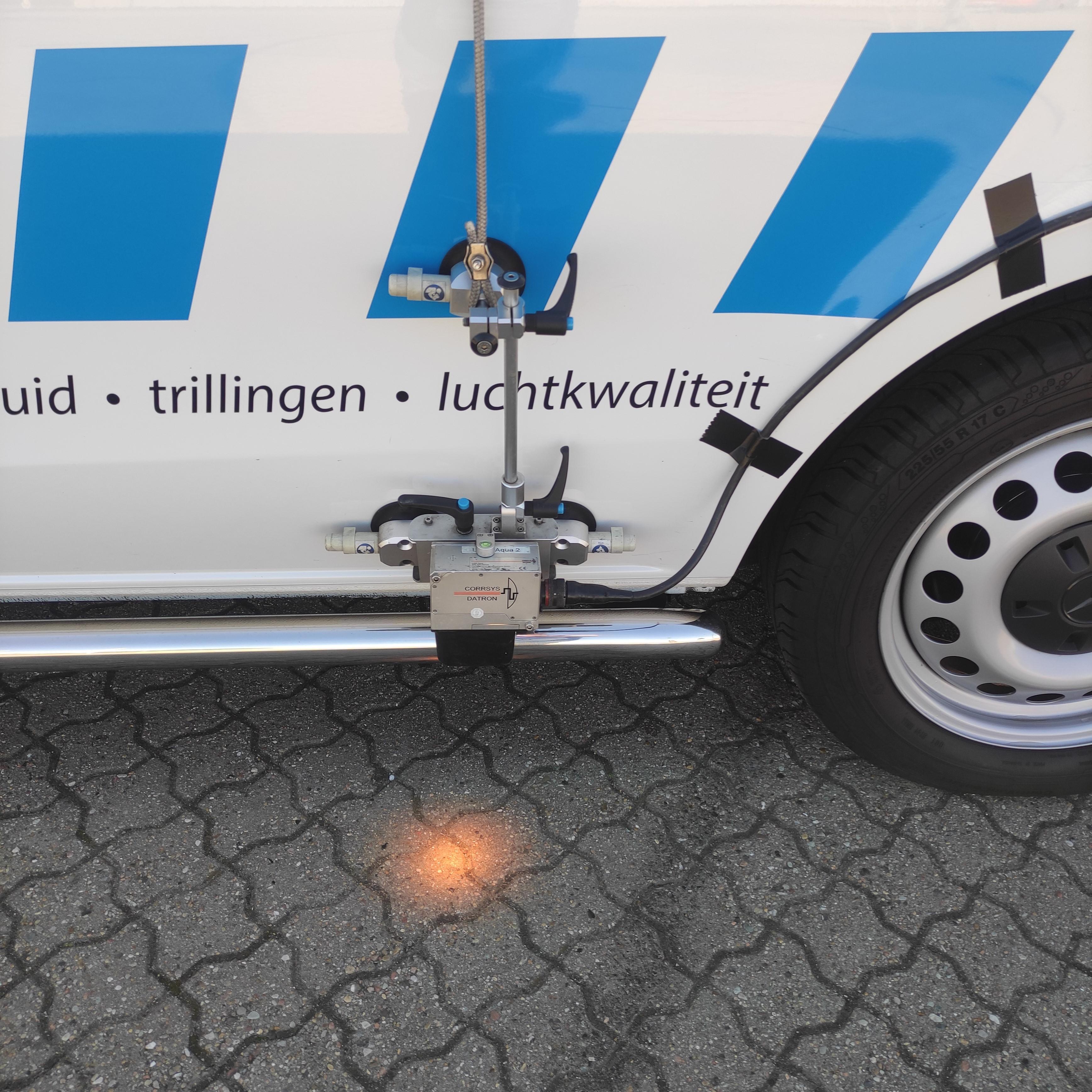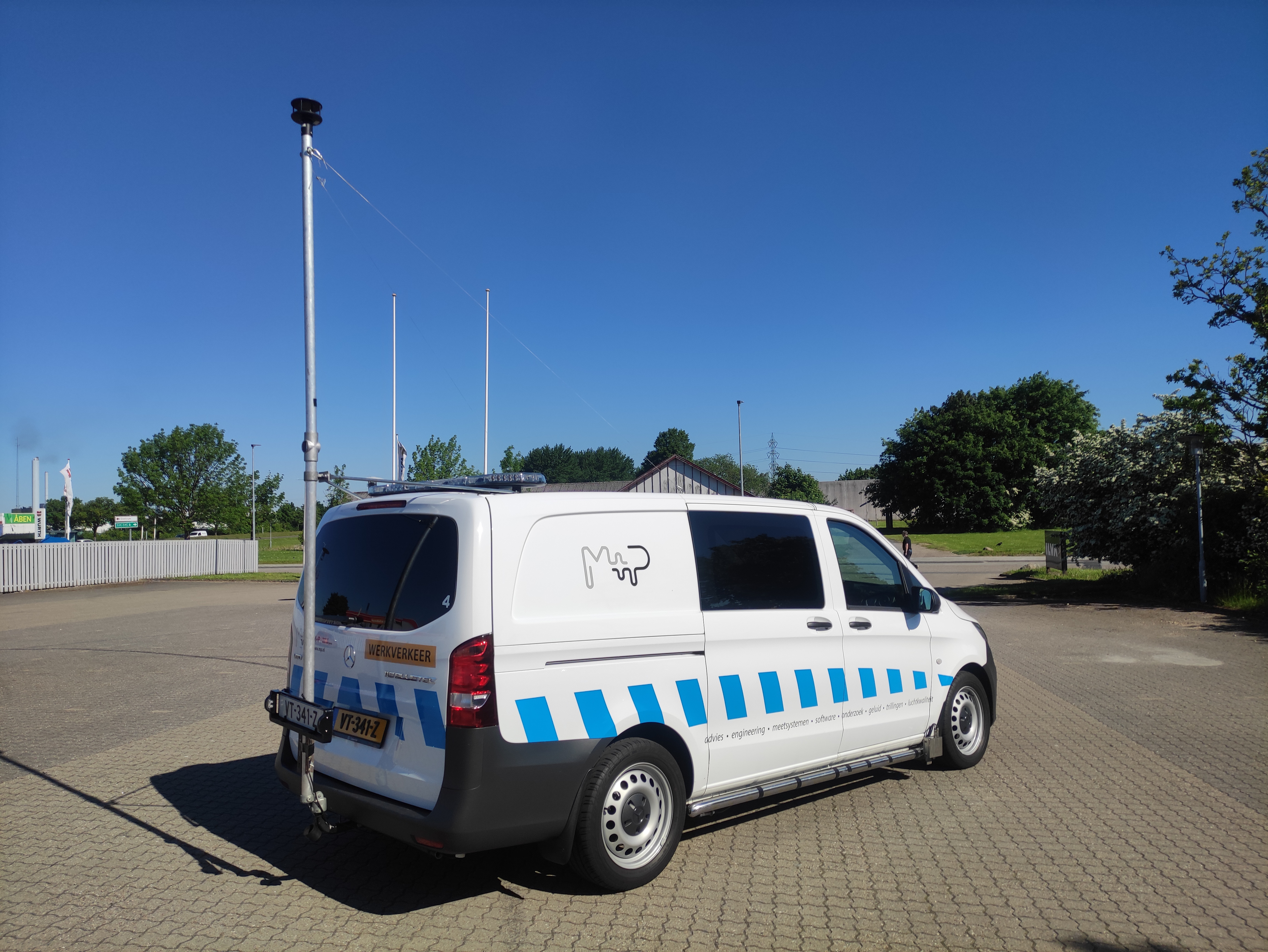
Directly measuring the influence of road design on CO2 emissions from traffic
Directly measuring the effect of road design on the fuel consumption of traffic in high resolution provides insight into the possibilities of reducing CO2 by improved road design.

Influence of road design on CO2 emissions is relevant
CO2 reduction is the hot topic of the 21st century. Up to now, the main focus of road surfaces has been production, construction and maintenance. Of course, this is logical and useful. Nevertheless, it is a good idea to look at the road while it is being used as well. Reducing traffic emissions by just a few percent over the entire life cycle of a road can yield CO2 savings that are many times greater than the profit achieved through construction and maintenance.
Recent research shows that many road design parameters plays a role on top of rolling resistance. The importance of unevenness, grip and incline is obvious. New insight shows that the right wind deflection from road side bushes can result in up to 10% fuel savings for freight traffic.
Indirect measurement method versus direct measurement method for fuel consumption and CO2 emissions
For years, the influence of the road surface on vehicle emissions has been based on rolling resistance measurements. The resistance experienced by a free-rolling wheel is related to the rolling resistance properties of the road surface. A model based on the typical properties of vehicles, such as rolling resistance, air resistance and internal losses, is used to determine the emissions of the whole vehicle.
M+P developed a new measurement system a few years ago to directly measure fuel consumption without the need to make assumptions. The idea of measuring fuel consumption directly is not new, but it has never been possible to do this with high accuracy outside “lab conditions” on public roads. But now, all the relevant influence factors can be measured in real time so they be corrected for and their influence investigated.

All-in measuring system
The system consists of a calibrated measuring vehicle equipped with numerous sensors and an advanced data acquisition system that measures and analyses road sections at a resolution of 1 second. This measurement system not only records the road surface or wind deflection structures, but the influence of the entire road design on the emissions as well.
Quality
Based on research conducted on a test track, the incline and wind influence parameters for this specific vehicle have been determined. The vehicle is calibrated before each measurement and brought up to the same maintenance condition and equipped with a set of measuring tapes.
After several years of successful use for research purposes, it appears the results are highly accurate and can be reproduced with good quality.

Widely applicable – useful results
The system can now be used for measurements on public roads. This will give us an opportunity to gain insight into:
- Differences between road surface types
- Variations in road layout
- Effect of crosswind deflectors
- Texture parameters
- Road roughness (IRI)
- Grip
Differences in fuel consumption can be directly translated into annual CO2 savings per kilometer based on known traffic intensity.
